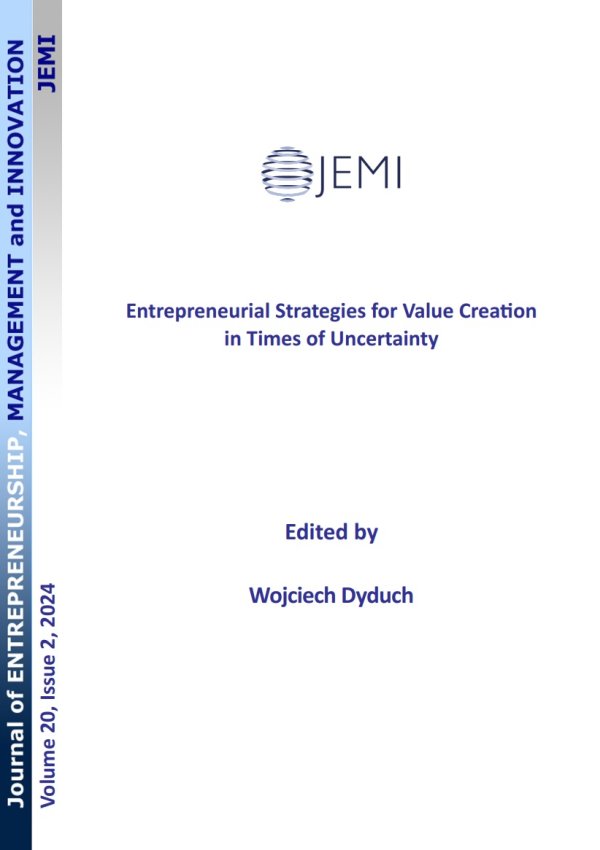Esmaeel Kalantari, Ph.D. Student in Science and Technology Policy, Faculty of Management and Economics, Tarbiat Modares University, Jalal AleAhmad, Nasr, Tehran, Iran, email: This email address is being protected from spambots. You need JavaScript enabled to view it. 
Gholamali Montazer, Professor, IT Engineering, Faculty of Industrial and Systems Engineering, Tarbiat Modares University, Jalal AleAhmad, Nasr, Tehran, Iran, email: This email address is being protected from spambots. You need JavaScript enabled to view it. 
Sepehr Ghazinoory, Professor, IT Management, Faculty of Management and Economics, Tarbiat Modares University, Jalal AleAhmad, Nasr, Tehran, Iran, email: This email address is being protected from spambots. You need JavaScript enabled to view it. 
Abstract
PURPOSE: The main purpose of this paper is to define a science and technology policy network in the form of a social network, from the perspective of policy documents, and then analyze it using the social networks analysis (SNA) method. METHODOLOGY: As a case study, the science and technology policymaking network in Iran is analyzed using the suggested framework in this research. The data used in this study were collected through the content analysis of 25 policy documents and an interview with 20 Iranian science and technology policy elites, before being interpreted using the social network analysis method and software such as NetDraw and UCINet.
FINDINGS: The most pivotal science and technology policymaking institutions in Iran and the interactions between them were determined from the network viewpoint. This was achieved by performing a two-dimensional core-periphery analysis, identifying the cut points and blocks, and measuring the structural power of each institution using the degree centrality, closeness centrality, and betweenness centrality methods. IMPLICATIONS FOR THEORY AND PRACTICE: The most important practical implications of this research are: the integration of a number of policymaking institutions, the division of clear and precise work between policy institutions, the design of vertical and horizontal coordination mechanisms between institutions, the elimination of interferences of some institutions in the tasks of the others, the design of complementary mechanisms to control the role of cutting points, and paying attention to the important activities in the margins of the network. ORIGINALITY AND VALUE: The most important contribution of this research is to develop a framework for studying science and technology policy and then to develop a method for studying science and technology policy based on SNA. Therefore, the framework for studying science and technology policy in a cycle consists of three stages: 1- Agenda setting and prioritization (at two levels of mega policies and meta policies); 2- Design and implementation or executive policies (in three parts: demand-side policies, supply-side policies, and networking and interconnection infrastructure policies); 3- evaluation and policy learning.
Keywords: science and technology policy, policy network, social network analysis, SNA, structural power, Iran






